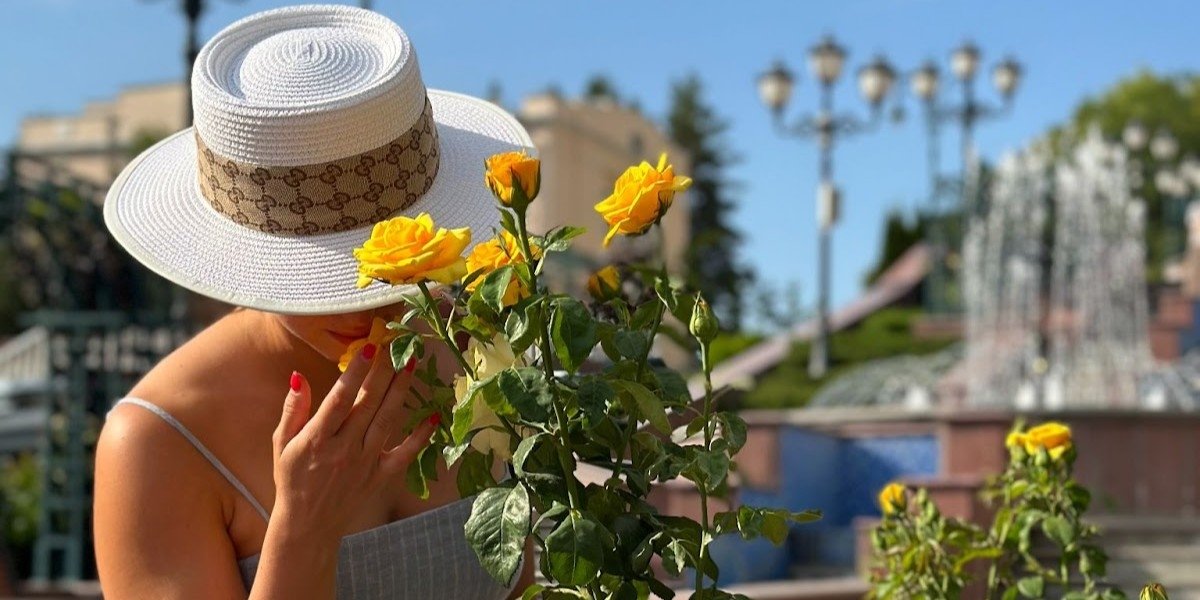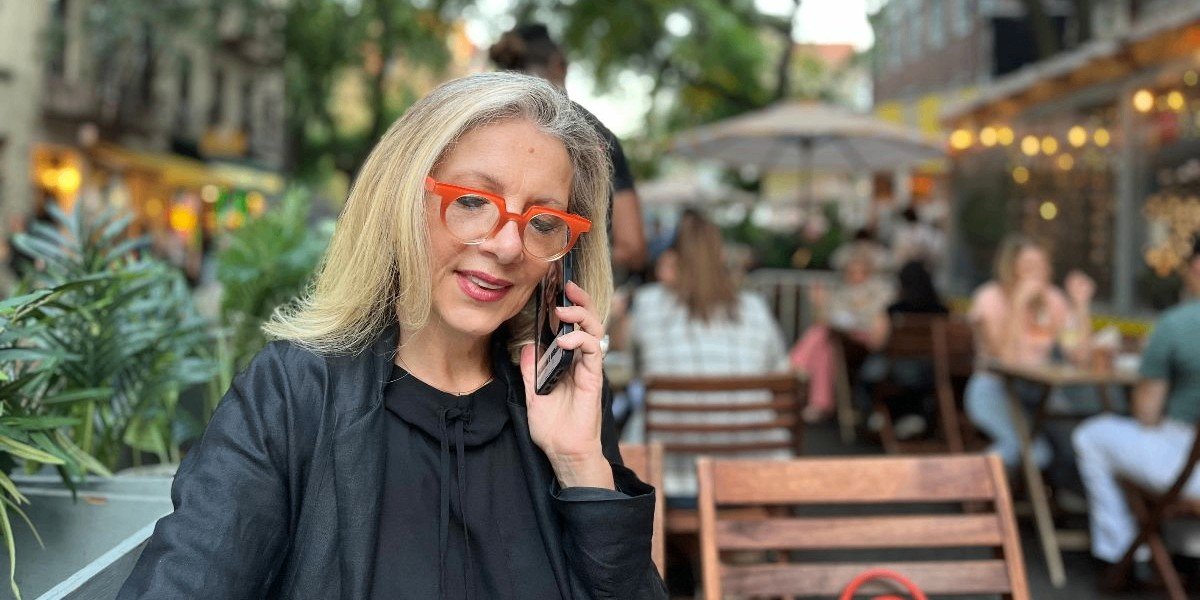Science, Style, and Soil: A Conversation with Anna Paltseva on Chic Sustainability
By: Nia Bowers
Why the most elegant thing you can wear is environmental responsibility
Sustainability rarely walks the runway. It’s often framed in tones of urgency and guilt, associated with rough-hewn fabrics and activist slogans. But Anna Paltseva, a soil scientist with a PhD and the founder of House of Soil, is shifting that narrative entirely.
Her vision is disarmingly simple and radically fresh: sustainability as elegance. Through her consultancy, speaking engagements, and growing client base, she is proving that ecological care doesn’t have to look crunchy; it can look couture.
We sat down with Anna to discuss the roots of her approach, how science and style coexist in her work, and what brands and consumers often get wrong about sustainability.
You have a PhD in Earth and Environmental Sciences and a serious eye for couture. When did you realize these two worlds needed to merge?
Anna: It really crystallized for me in 2015. I was in Mexico City, attending a conference field tour to surrounding areas, when I saw firsthand how textile waste impacts the environment. As time passed and I began to pay closer attention to fashion pollution, I noticed a disconnect—fashion brands were discussing sustainability, but they didn’t fully comprehend the science behind it. I realized I could bridge that gap. Brands started asking me how to explain soil health to their customers without sounding too academic. That’s when House of Soil was born.
House of Soil feels more like a philosophy than just a consultancy. What’s at the heart of your approach?
Anna: I call it “elegant environmentalism.” The idea is that sustainability doesn’t have to be loud or punishing. It can be subtle, refined, and even aspirational. To me, elegance is about intention. It’s about respecting yourself, others, and the environment. When you make responsible choices in a beautiful way, people are drawn to it. It’s less about forcing change and more about inspiring it.
House of Soil is grounded in soil science — that’s our foundation. Whether it’s advising brands, creating educational experiences, or shaping public conversations, our work is rooted in scientific understanding and elevated through environmental etiquette.
Urban gardening is becoming trendy. What are people getting wrong about soil in cities?
Anna: Many people don’t test their soil, and that’s a big mistake. Urban soil often contains heavy metals, such as lead and arsenic, from old buildings, pipes, or industrial runoff. People plant herbs or vegetables without knowing what they’re putting their hands and roots into. A simple soil test can reveal a lot. I always say start there. From that baseline, we can design raised beds, use amendments to remediate soil, or plant in containers. Gardening can be healing, but only if the ground is safe.
Many fashion brands are trying to appear sustainable. What’s the biggest mistake you see them make?
Anna: Greenwashing. Many brands use vague language, such as “eco-friendly” or “all-natural,” without providing any supporting data. Consumers are savvy now. They want receipts. If you’re a brand, start by auditing your supply chain. Where are your raw materials coming from? What farming methods are used? What chemicals are in your dyes? And importantly, what happens to your product when it’s discarded?
The best brands are transparent, even about what they haven’t figured out yet. Honesty builds trust more than perfection does.
You talk a lot about the “soil-informed wardrobe.” What does that look like in practice?
Anna: It’s a mindset shift. It means choosing clothes not just for style or price but for their entire lifecycle. Ask yourself: Can I wear this thirty times? Is it made with materials that won’t pollute soil and water when they break down? Was it created in a way that respects land and labor?
A soil-informed wardrobe values fewer, better items. It prioritizes natural, non-toxic fibers and supports regenerative agriculture. Upcycled and secondhand pieces naturally find their way in. Aesthetics and ethics belong in the same conversation — they inform each other, not compete.
How do you blend science and style in your everyday work?
Anna: I strive to communicate science in the language of style. My technical background provides depth and rigor, but I focus on translating that knowledge into experiences people can feel and understand. I use metaphors, visuals, and storytelling to make complex ideas accessible. For example, I often compare soil structure to the foundation of a couture dress: both require balance, integrity, and support to function beautifully.
In addition to consulting, I regularly speak at academic institutions, environmental forums, and events related to art and design. My goal is always to help people see that science isn’t dry or distant, it’s deeply connected to how we live, dress, and express ourselves.

Photo Courtesy: Anna Paltseva
What does the future of sustainable style look like to you?
Anna: There’s a quiet shift happening. More brands are beginning to design with intention, thinking not only about creation but also about returning to soil, to community, and to meaning. We see it in the transformation of vacant lots into gardens, and in garments made to endure beyond a single season. Sustainability should not feel like a trend, but a return to what’s essential. When done with care, it becomes quietly beautiful.
Summary
Anna Paltseva is trying to make sustainability timeless. Through House of Soil, she’s helping individuals and brands understand that responsibility doesn’t mean losing beauty. In fact, it might be a beautiful thing.
Want to work with Anna or attend a workshop? Visit houseofsoil.com or follow Anna Paltseva for speaking events, expert guides, and resources.
Disclaimer: This article is for informational purposes only. Readers are encouraged to review any relevant information independently before making decisions related to sustainability and fashion.



